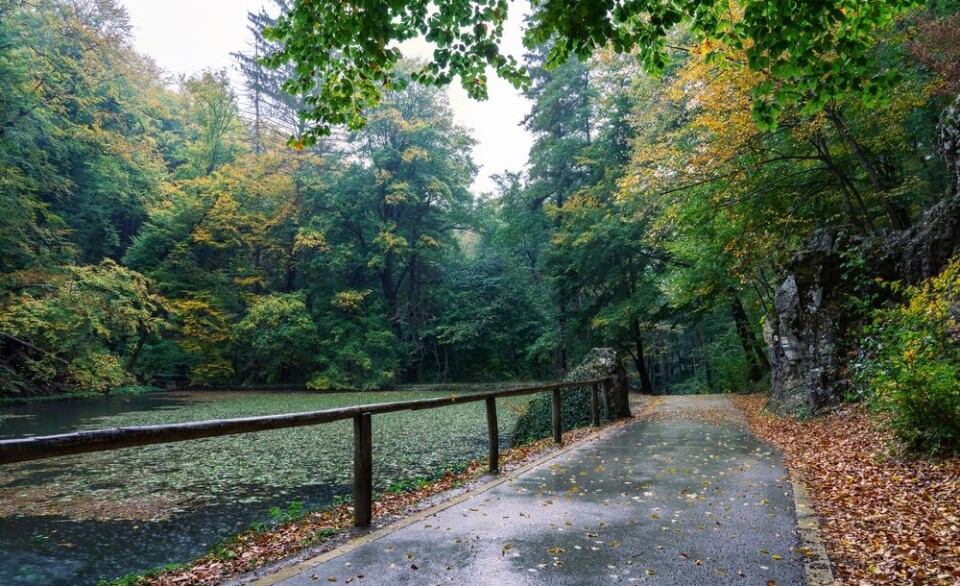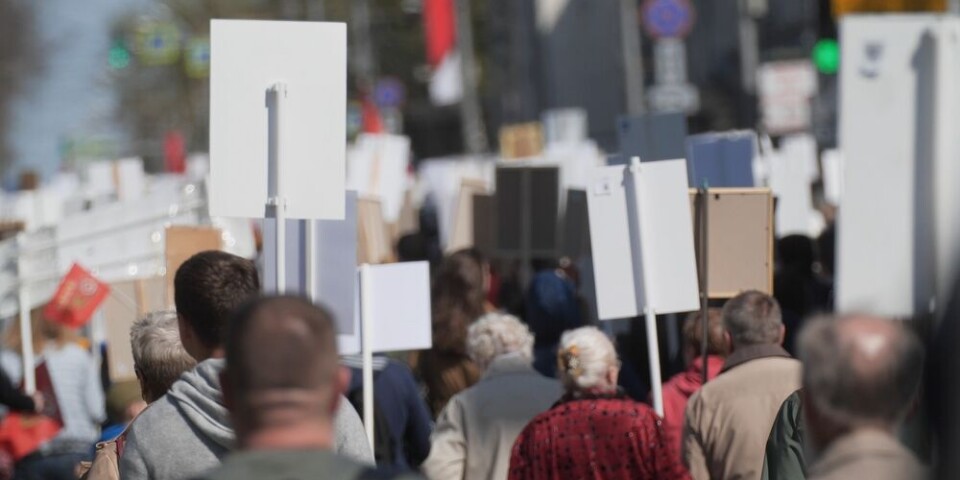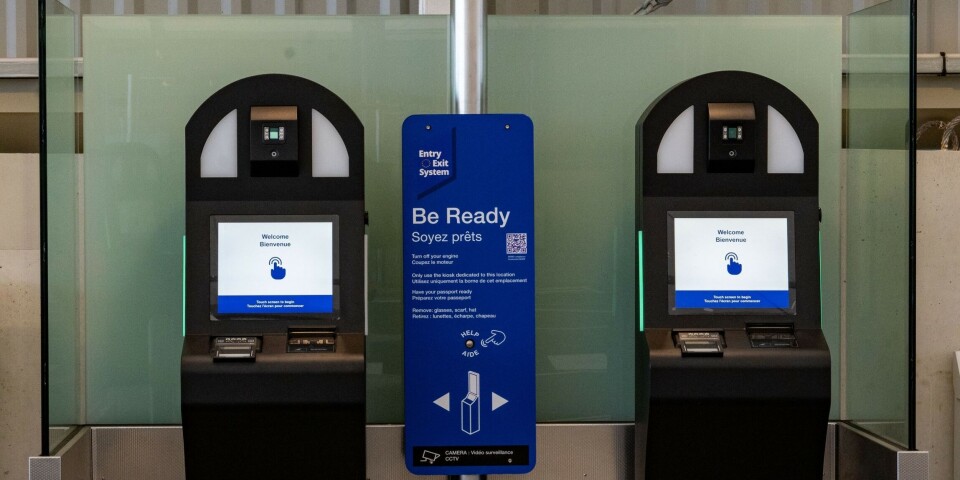-
Death charges claimed by French banks to be restricted
New law passed by the Senate in early summer
-
Electric bike popularity in France opens way for new insurance deals
Number in country rockets as theft policies evolve
-
What is France’s ‘intime conviction’ legal concept used to reach verdict in Cédric Jubillar trial?
Unique approach to murder trial without a body that transfixed France
What does the fiche S mean?
As Nicolas Sarkozy leads calls for those listed to be tagged and monitored electronically, we look at what it means
POLITICIANS have called for people with a “fiche S” – those who may be a ‘security’ risk to the state - to be put under house arrest or made to wear an electronic tag.
The calls in the wake of the weekend attacks come as it has been revealed that one of the three terrorists in the Bataclan concert hall attack, Omar Ismail Mostefai, had an S-form. So had Toulouse multiple killer Mohamed Merah and the Kouachi brothers, responsible for the Charlie Hebdo attack, and Moroccan Ayoub El Khazzani, who was overpowered attacking passengers on a Thalys train from Amsterdam to Paris (see below).
A fiche S is a police classification that indicates that a person is worthy of attention regarding a possible security threat and Le Figaro said in June that it included “militants, political activists and hooligans”.
Manuel Valls, the prime minister, said there were 10,000 names on the fiche S and these are a file inside another, larger, file called FPR, for fichier des personnes recherchées.
Containing more than 400,000 names, the FPR has, RTL said, criminal gang leaders, escaped prisoners, militant anarchists or ecologists, children who have left home, plus possible terrorists. It has 21 sub-sections including S for state security, V for escaped prisoners evadés, AL for foreigners aliéns and M for minors.
It is regularly checked by police at road checks, airport passport control and other police operations and is available across Europe.
In 2010, a decree by the Sarkozy government said it should contain the names, photo, date and place of birth, family history, nationality, any alias, the reason for being on the list and the action to take if the person is stopped at a checkpoint.
It was, the decree said, to cover people who should be monitored by the state but who had not committed any illegal act.
Bernard Squarcini, head of the Direction Centrale du Renseignement Intérieur at the time, told Europe 1: “If we create an S form, that means there is nothing certain on an individual and that one wants to know if it is worth removing the doubt by using very heavy operational means”.
Former president Nicolas Sarkozy led the calls for its use to be extended at the weekend, telling President Hollande in a private meeting on Sunday there had to be “drastic” changes in France’s security policy to ensure people were safe.
He said the government should be electronically monitoring suspicious individuals in relation to Islamism, with their homes under surveillance, with a deradicalisation centre being set up, a new crime of looking at jihadist websites and the exile of radical imams.
Others in his Les Républicains party, led by Nice mayor Christan Estrosi, said that people on fiche S should be placed under house arrest and that France should follow the example of the US Partiot Act, which allows America to arrest and hold people without charge.
* The December issue of The Connexion newspaper, which goes on sale at the weekend, contains an interview with Briton Chris Norman, one of the men who helped overpower the Thalys train attacker. From Saturday will be able to find a copy at newsagents across France. Use www.findthepressinFrance.com to find your nearest stockist – or click here to download a pdf version from tomorrow for €3.80.
























